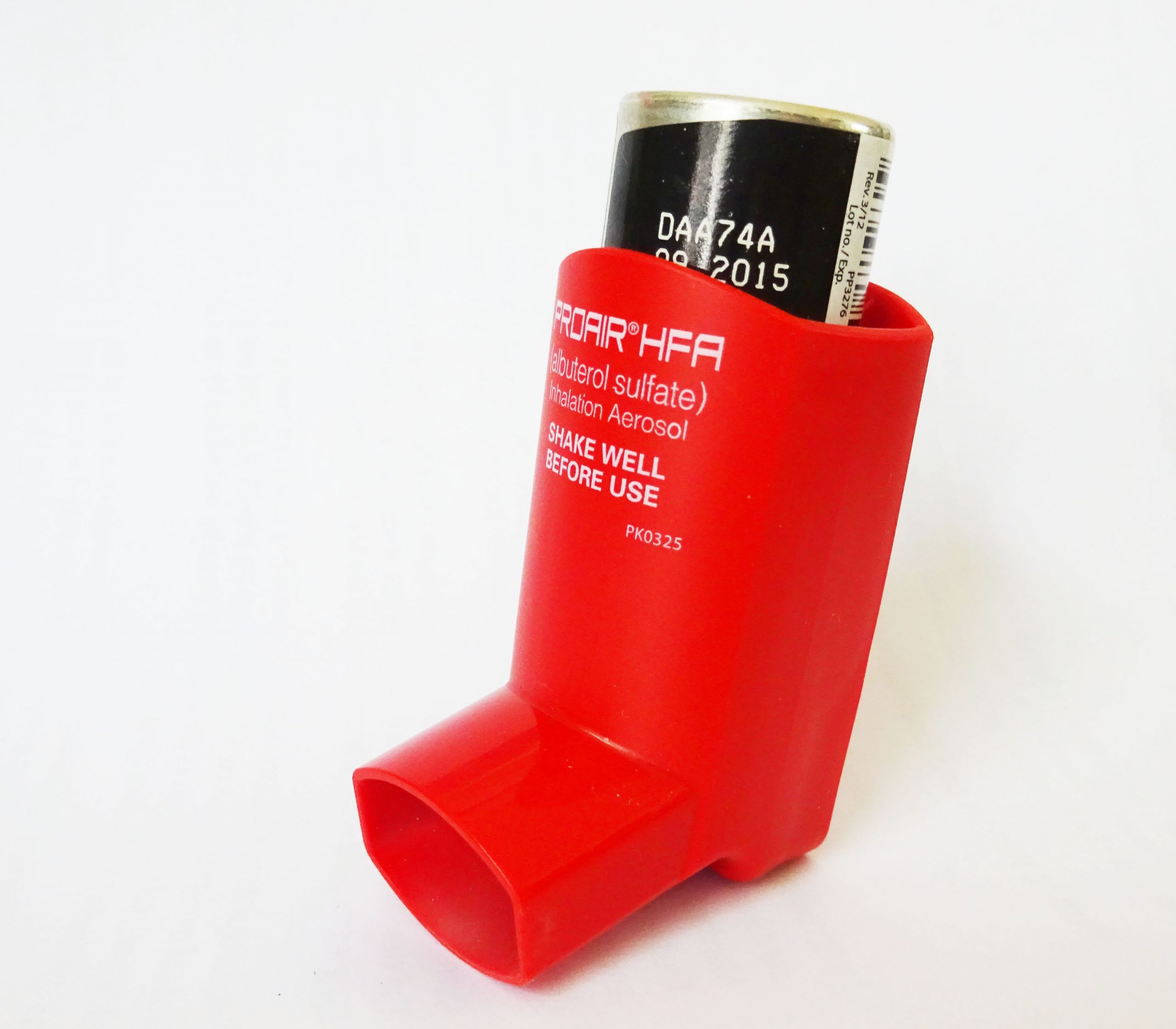By Priyanjana Pramanik, MSc. Jun 13 2024 Reviewed by Lily Ramsey, LLM
In a recent study published in the European Respiratory Journal, researchers investigated how urban vegetation and exposure to pollen are linked to the incidence of childhood asthma.
Their results indicate that these factors interact complexly. Tree canopy areas appear to protect children against asthma, but exposure to pollen can negate these benefits.
Study: Early life exposure to pollens and increased risks of childhood asthma: a prospective cohort study in Ontario children . Image Credit: Misha Arkhanhel/Shutterstock.com Background
Asthma, characterized by coughing, shortness of breath, and wheezing, is among children's most common chronic diseases. Various phenotypes identified by public health researchers in the pediatric population include current wheeze/asthma, early transient wheeze, and moderate to mild asthma.
Research has indicated multiple factors contributing to childhood asthma, such as lifestyle behaviors, paternal and maternal factors, genetics, and environmental exposures. An emerging area of interest is the potential role of urban vegetation exposure in preventing childhood asthma.
Previous studies have suggested that green areas might reduce harmful environmental exposures like air pollution and noise and promote outdoor activities. They may also facilitate exposure to diverse microbiota, thus positively affecting respiratory health.
However, urban vegetation may also expose children to aeroallergens like airborne pollen, potentially increasing asthma risk.
Exposure to different types of pollen, prenatally and during early life, has been associated with respiratory symptoms and asthma risk in children. However, few studies have investigated the combined effects of airborne pollen and urban vegetation on asthma in children. About the study
The study utilized a retrospective cohort design, including singleton live births in Toronto, Canada, from April 2006 to March 2014. Related StoriesFather's diet before conception can impact children's metabolic health, study findsThousands of children got tested for lead with faulty devices: What parents should knowNew insights into how fathers' diet before conception can affect children's health
Data from the Better Outcomes Registry and Network (BORN) Ontario, linked with data on environmental exposure, were analyzed by the Institute of Clinical Evaluative Sciences (ICES).
Maternal residential addresses were captured at the postal code level, and incident childhood asthma cases were identified using the Ontario ASTHMA cohort database.
Environmental exposure levels were assigned using satellite-derived normalized difference vegetation index (NDVI) and tree canopy area within a 250m buffer around the residential postal code.
Airborne pollen exposure data were derived from land use regression models. A directed acyclic graph (DAG) was used to identify confounders for model adjustment, including ambient levels of air pollution, maternal age, infant sex, breastfeeding status, maternal smoking, maternal asthma, birth year and season, and area-level socioeconomic status (SES) indicators.
Hazard ratios (HR) obtained from Cox proportional hazards models assessed the relationships between vegetation, airborne pollen, and asthma incidence, with adjustments for confounders and stratifications for effect modification by pollen concentration tertiles, SES, and birth season. Findings
Among 214,211 mother-child pairs, 28,543 children (13.3%) received diagnoses of childhood asthma. On average, children were diagnosed when they were 22 months old.
Increased NDVI exposure was linked to a higher risk of asthma (HR 1.029), while a higher tree canopy area had a protective effect (HR 0.976).
Weed pollen exposure in the prenatal period was positively associated with asthma risk (HR 1.021), particularly during the later first to early third trimesters. Exposure to total pollen and tree pollen during their first year also increased the child's risk of asthma (HR 1.023 and 1.004, respectively).
Over the first three years of life, the risk of asthma was significantly higher with total pollen and weed pollen exposure. The protective effect of exposure to tree canopy diminished as weed pollen concentrations increased, while asthma risk linked to NDVI exposure increased.
The protective effect of tree canopy was significant for fall births (HR 0.949), with no significant differences observed across SES levels. Conclusions
The study highlights the complex relationship between urban vegetation, pollen exposure, and childhood asthma. While urban tree canopy may protect against asthma, high weed pollen concentrations can negate this benefit.
Limitations include potential exposure misclassification, lack of individual-level SES data, and challenges in diagnosing asthma in young children. Future research should explore more precise vegetation measurements, individual-level risk factors, and the development of diagnostic tools tailored to children.
Understanding the balance between beneficial and harmful environmental exposures is crucial for urban planning and public health interventions to reduce childhood asthma incidence. Journal reference:
Stanescu, C., Talarico, R., Weichenthal, S., Villeneuve, P.J., Smargiassi, A., Stieb, D.M., To, T., Hebbern, C., Crighton, E., Lavigne, E. (2024) Early life exposure to pollens and increased risks of childhood asthma: a prospective cohort study in Ontario children. European Respiratory Journal. doi: 10.1183/13993003.01568-2023. https://erj.ersjournals.com/content/63/4/2301568
